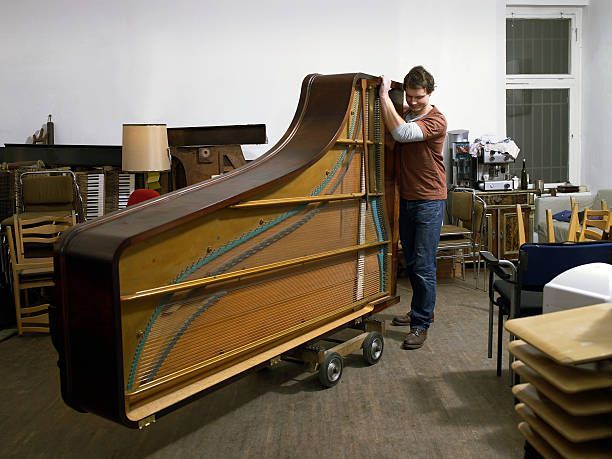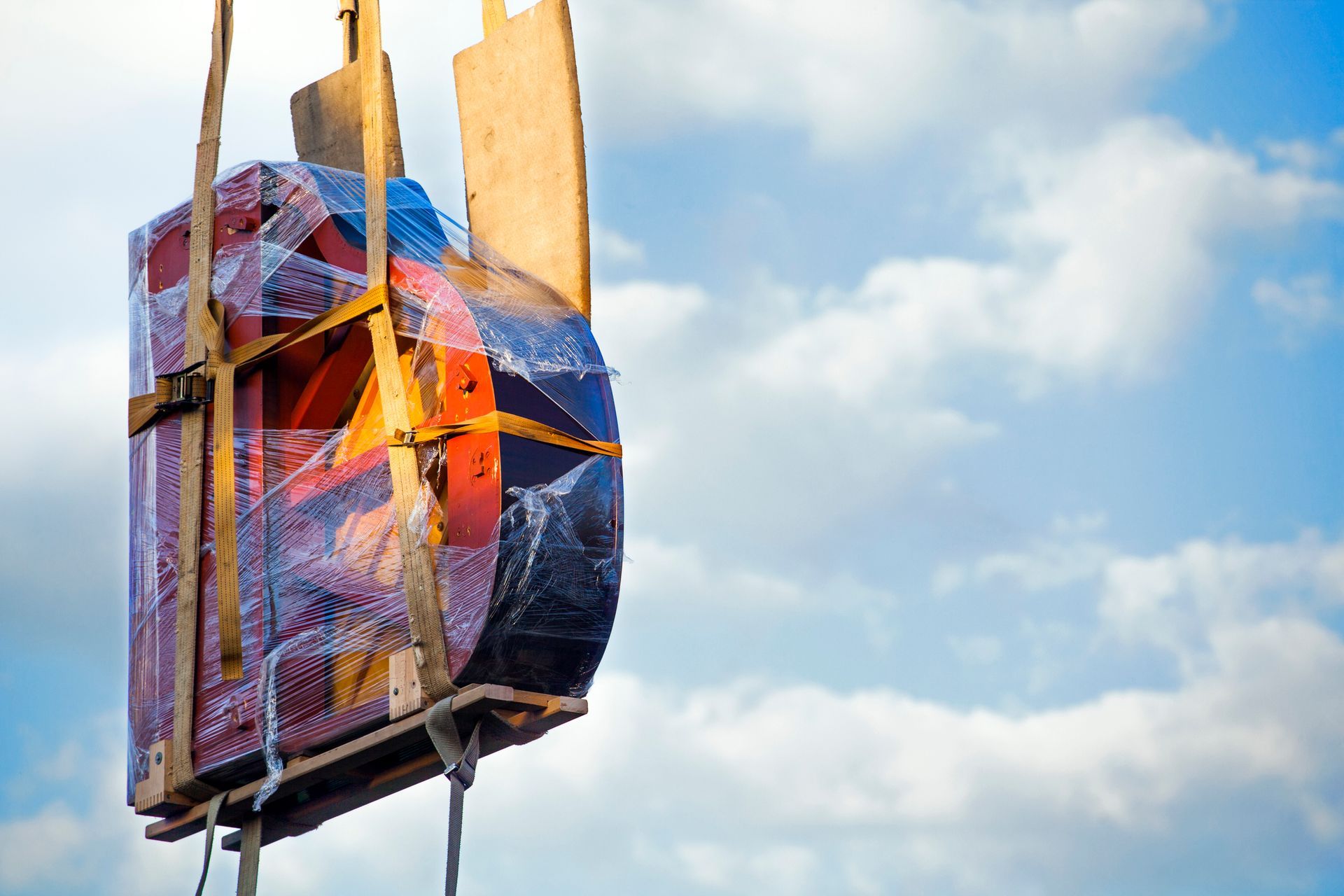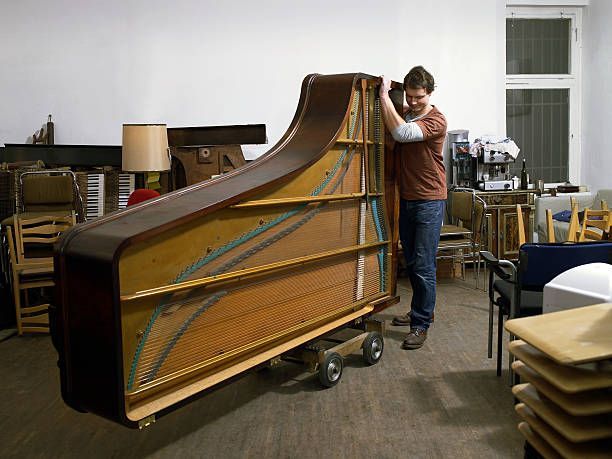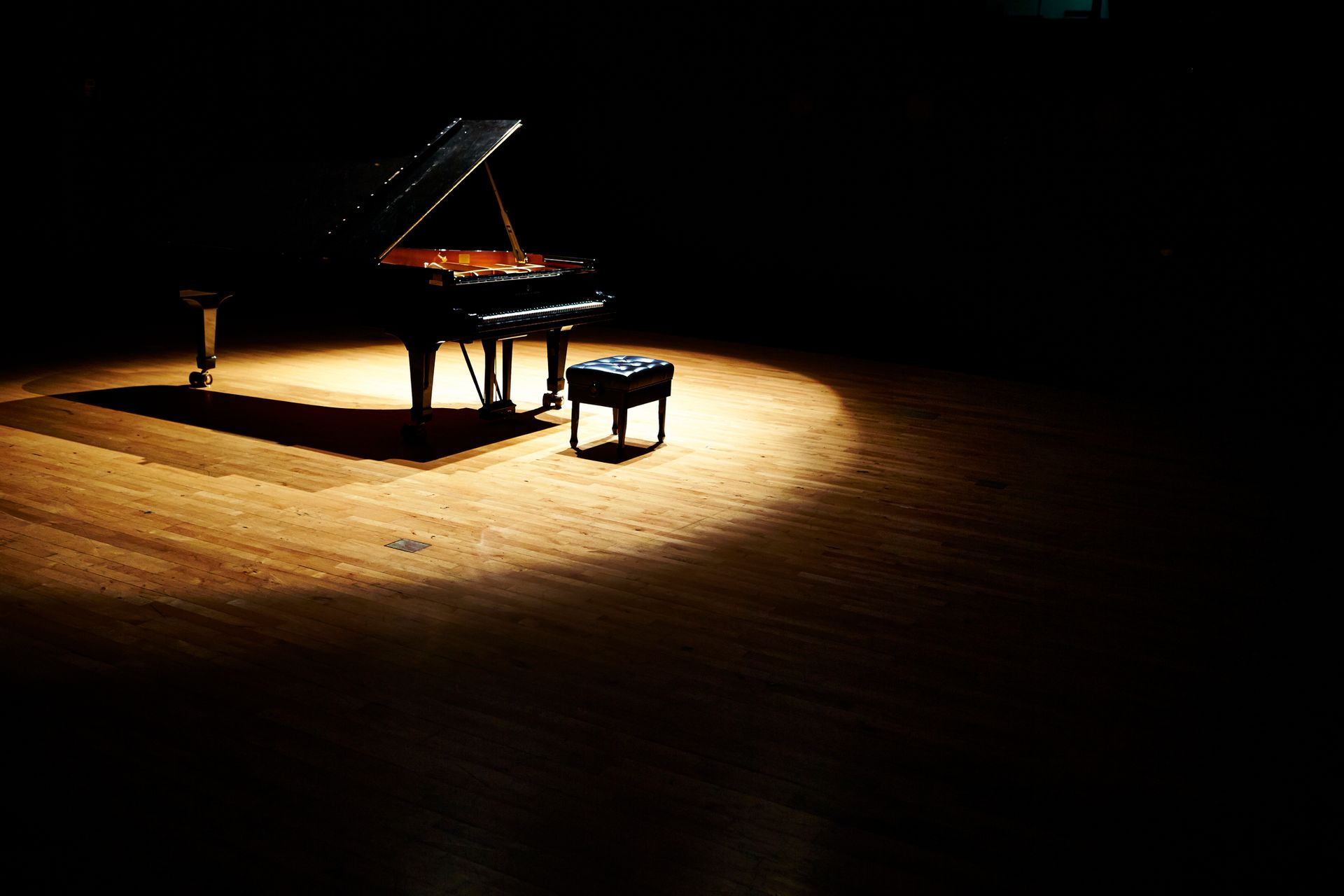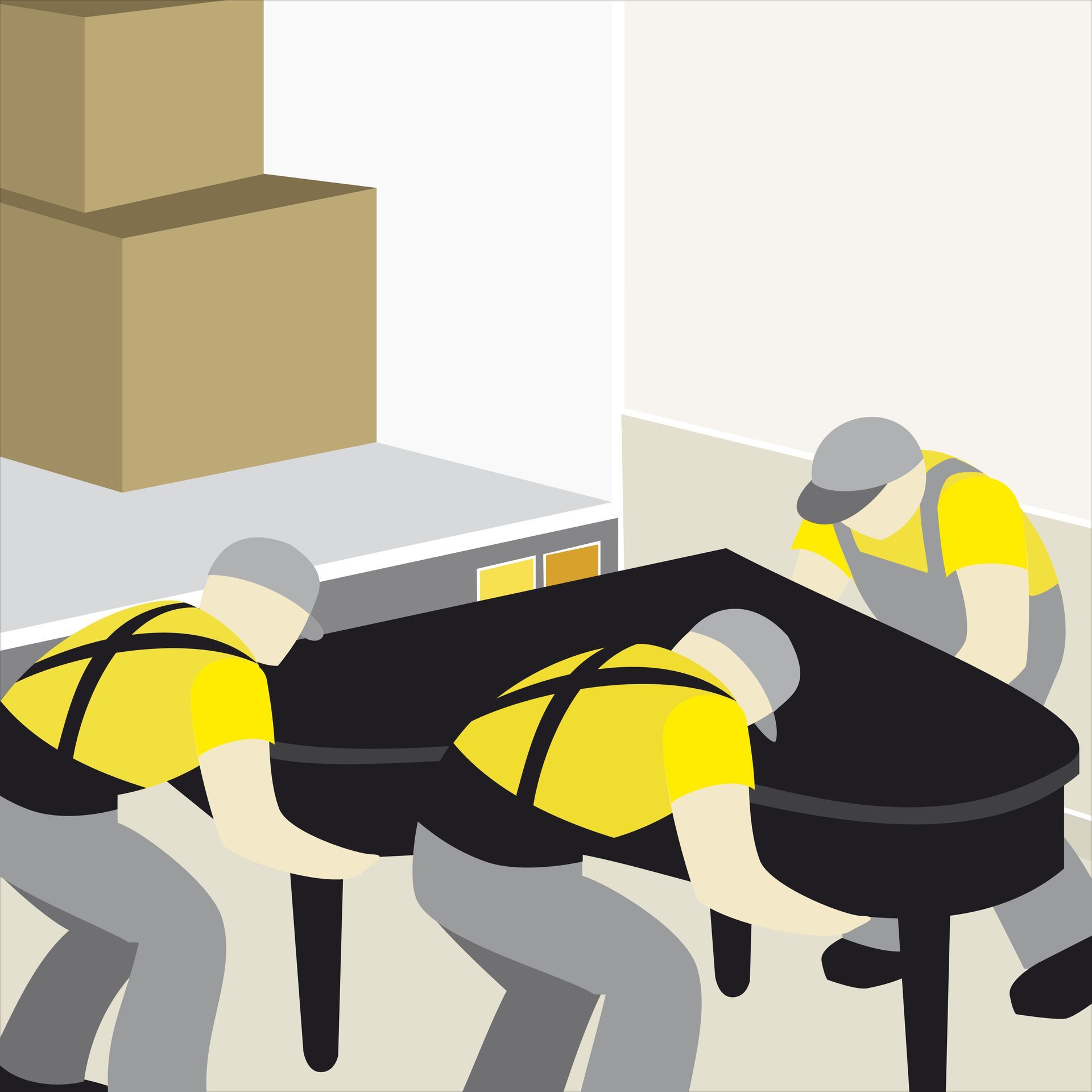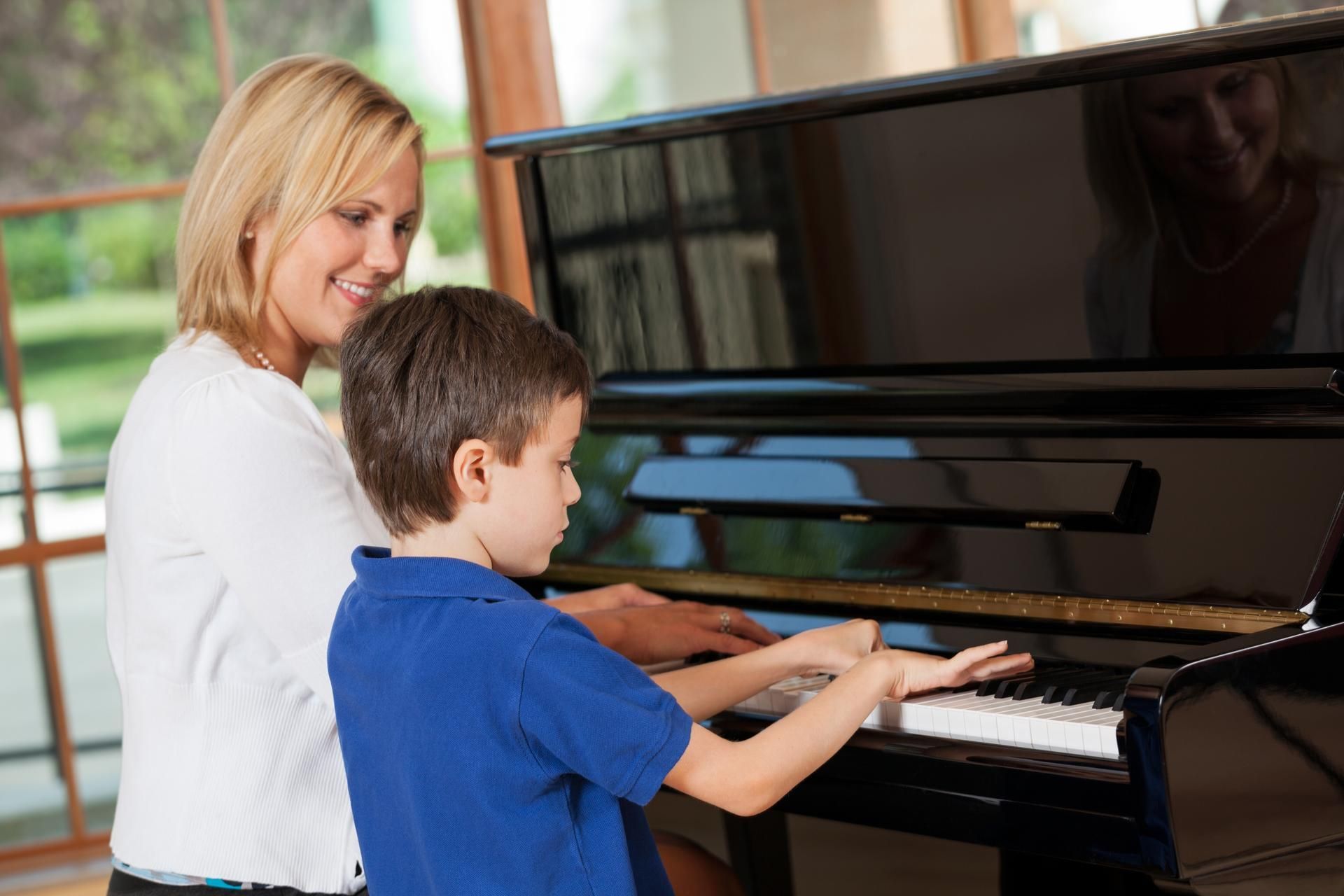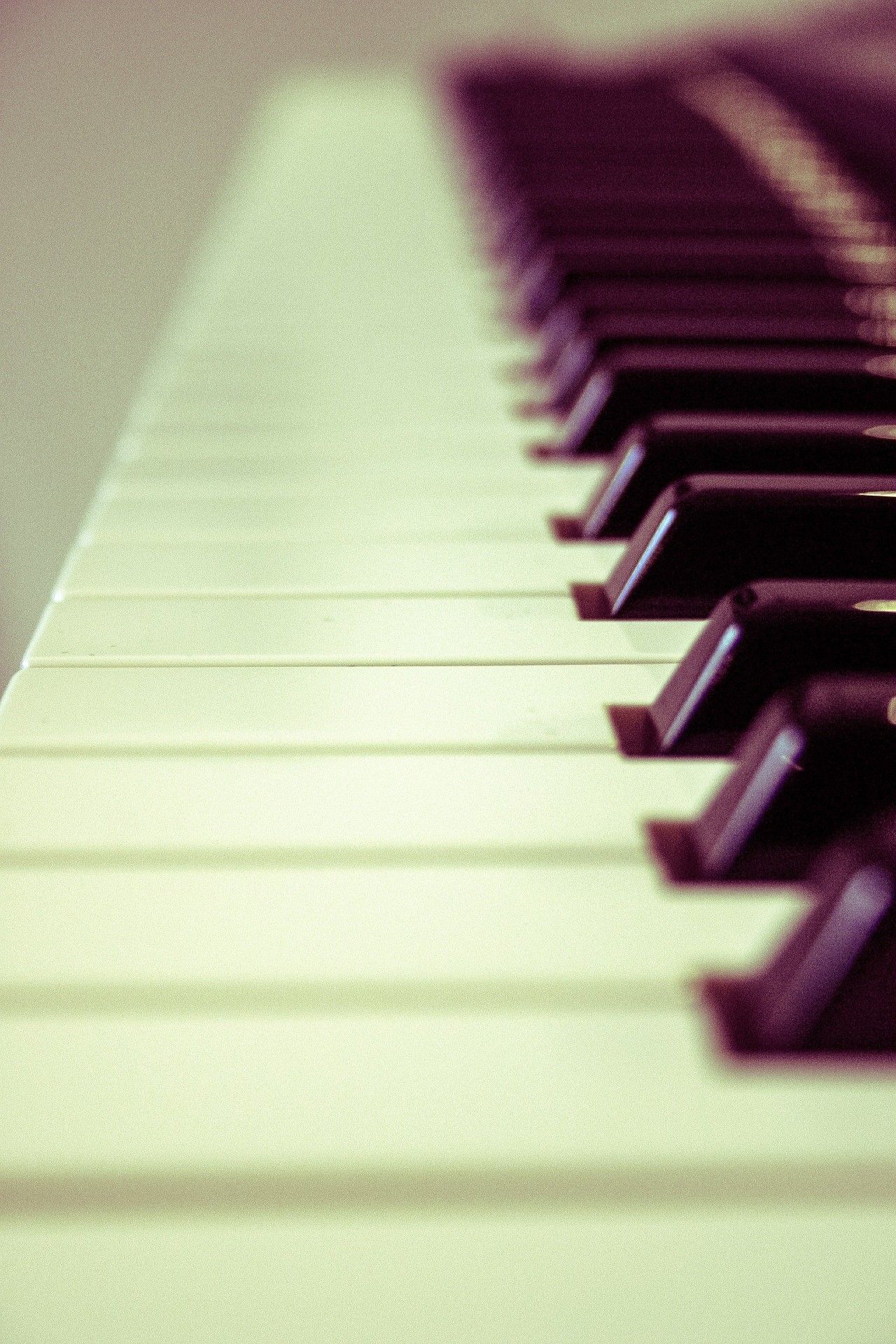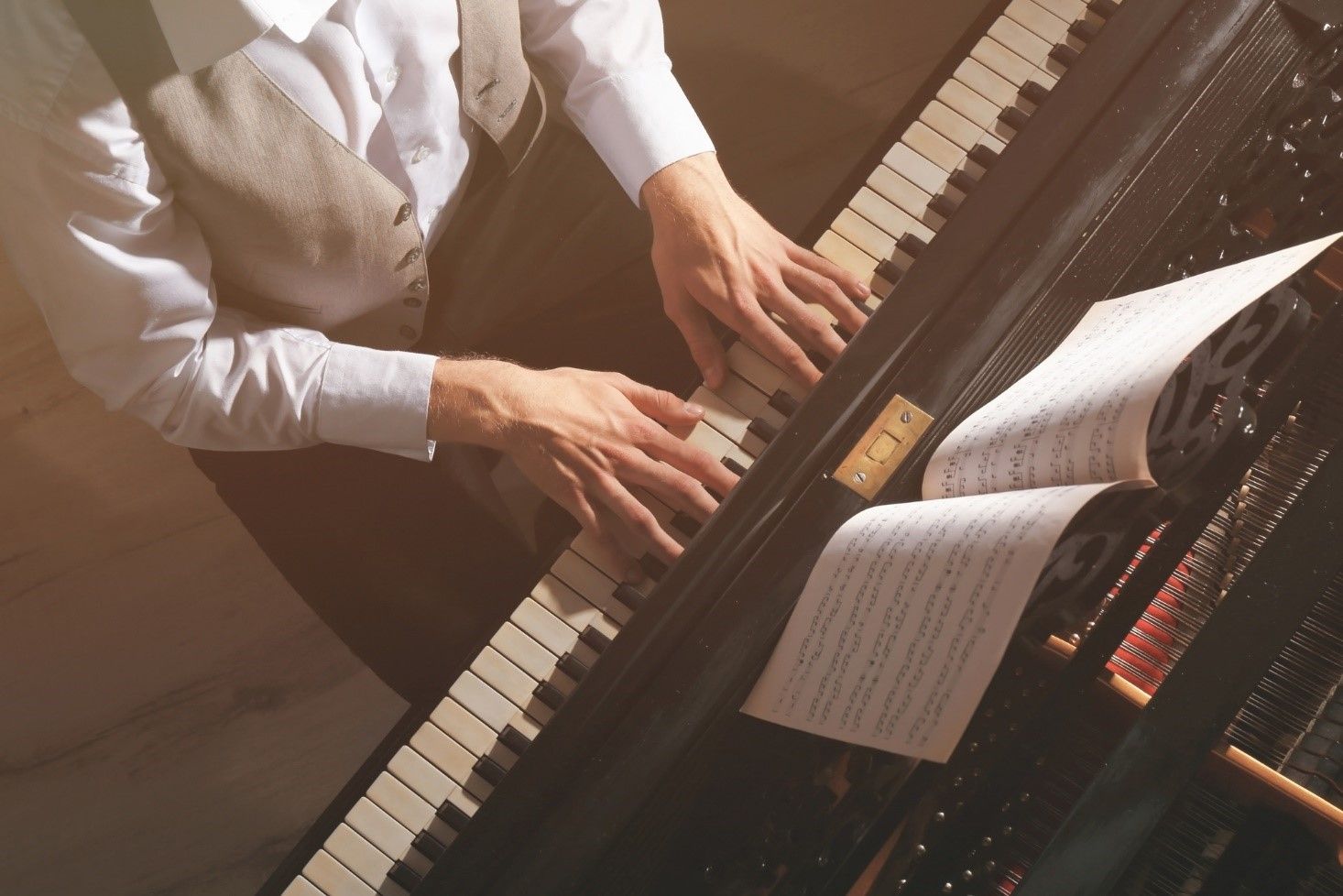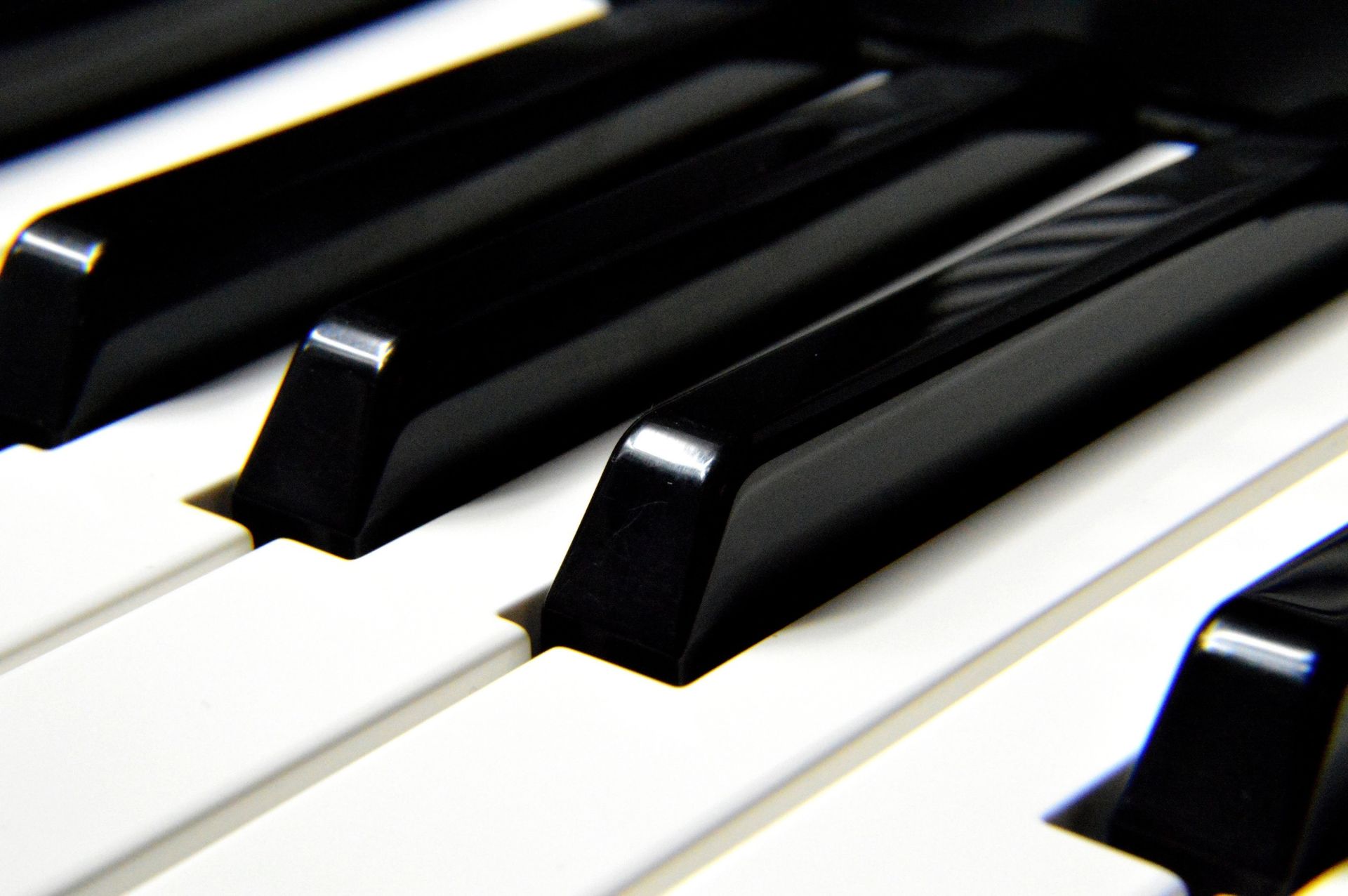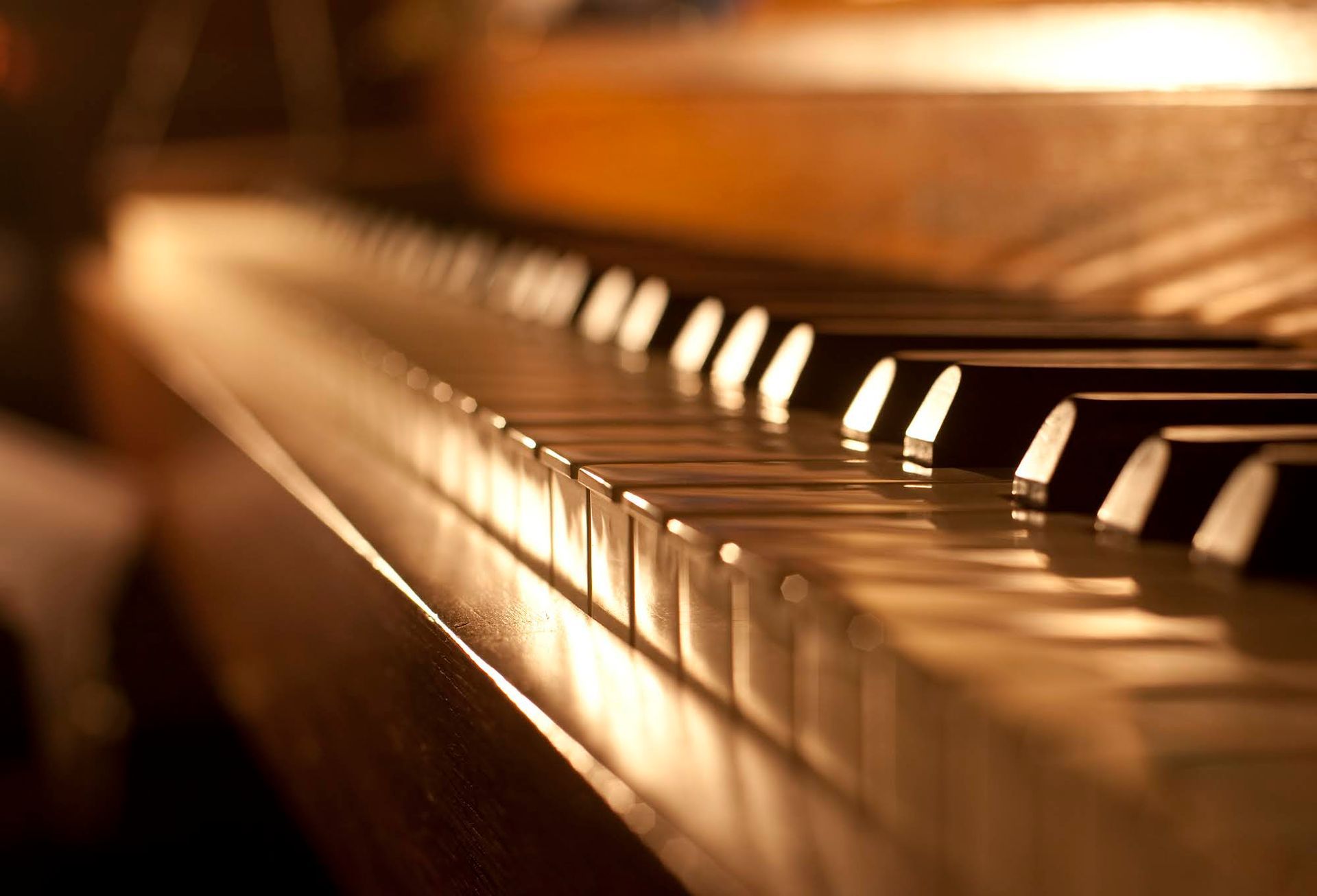The Art and Science Behind Professional Piano Moving
Moving a piano isn’t like moving other household items. Whether it’s a delicate grand piano or a sturdy upright, piano moving in Easton, MD, requires precision, skill, and care to prevent damage to the instrument and property. From the initial planning to the final placement, every step involves specialized techniques and tools. This article explores the fascinating art and science behind professional piano moving and why hiring expert piano movers is essential.
Why Professional Piano Movers Are Essential
Pianos are valuable instruments with complex internal mechanics and heavy, bulky frames. An amateur moving effort can easily result in damage, not only to the piano’s wood, keys, and strings but also to the home’s floors, walls, and staircases. Professional piano movers in Easton, MD, are trained to assess the specific piano type and environment, devising a strategy that minimizes risks. Their expertise prevents costly repairs and loss of sentimental value that a damaged piano might cause.
Specialized Skills Required for Safe Piano Moving
Piano moving involves more than brute strength. Movers must understand the unique structure of each piano type, knowing the best methods to lift, stabilize, and transport the instrument. Proper body mechanics reduce injury risks, while coordination among the crew ensures smooth handling. Navigating tight hallways and staircases demands experience to prevent accidents. Additionally, movers must ensure a secure balance and protection against sudden jolts during transit. These specialized skills distinguish professional piano movers from general movers.
Essential Tools and Equipment Used by Piano Movers
Professional piano movers rely on an array of tools designed to secure and protect the instrument throughout the journey. Heavy-duty moving dollies with locking wheels, reinforced straps, and padded blankets shield the piano’s surfaces. Custom-fitted cases or hard covers might be used for certain piano types. Moving ramps and stair climbers facilitate access through challenging architecture, while trucks equipped with hydraulic lifts simplify loading and unloading. These tools not only safeguard the piano but also help movers maintain control and efficiency during the move.
A Typical Step-by-Step Piano Moving Process
- Assessment and Planning: Movers begin by inspecting the piano and the route. They identify obstacles such as narrow doorways, stairs, and tight corners, then formulate a detailed moving plan.
- Preparation: The piano is carefully prepared by locking the keyboard lid, securing removable parts, and wrapping it with padding and blankets.
- Lifting and Transporting: Using dollies, straps, and teamwork, movers lift the piano delicately, ensuring even weight distribution. For grand pianos, the instrument may be disassembled partially to ease moving.
- Navigating the Route: The crew moves the piano carefully through the property, paying close attention to avoid damage to walls and flooring.
- Loading Into the Vehicle: The piano is loaded with appropriate equipment and secured firmly within the moving truck to prevent shifting.
- Delivery and Placement: Upon arrival, movers safely unload and place the piano exactly where desired, removing protective materials once satisfied with the positioning.
Preventing Damage to Pianos and Property
One of the most significant reasons to hire professional piano movers is their knowledge of how to avoid damage. Pianos consist of delicate components that can be easily compromised by jarring impacts or improper handling. Furthermore, homeowners can incur costly repairs from scratched floors, dented walls, or broken stair railings during an unprofessional move. Professionals use protective padding, tactical moving techniques, and precise communication to mitigate these risks, providing peace of mind during what can be a stressful process.
The Unique Challenges of Diverse Piano Types
Different piano designs require tailored moving approaches. Upright pianos, though heavy, are more compact, whereas grand pianos have multiple large, awkward pieces and demand disassembly in some cases. Electronic or digital pianos might require additional care due to their electrical components. Experienced piano movers understand these distinctions and customize their process. This flexibility ensures safe handling regardless of the piano variety.
Why Expertise Matters: Insights From the Field
Professional piano movers hone their craft through direct experience and ongoing training. They develop an intuitive understanding of how each piano responds to movement and environmental factors. For example, humidity and temperature can affect delicate wood and internal strings, so movers plan moves to minimize exposure. Certain moves might require multiple movers operating in perfect sync for complex choreography. This hands-on expertise can only come from years of practice in piano moving.
The Key to a Smooth Move: Choosing Reliable Piano Movers
When searching for reliable piano moving in Easton, MD, choosing seasoned, well-equipped professionals is key. They bring the right combination of tools, knowledge, and experience necessary for a successful move. This specialized service alleviates stress, protects your investment, and ensures your piano arrives safely, ready to fill its new space with beautiful music.
If you are preparing to relocate a piano and want peace of mind knowing it’s in experienced hands, professional piano movers in Easton, MD, are your best option.
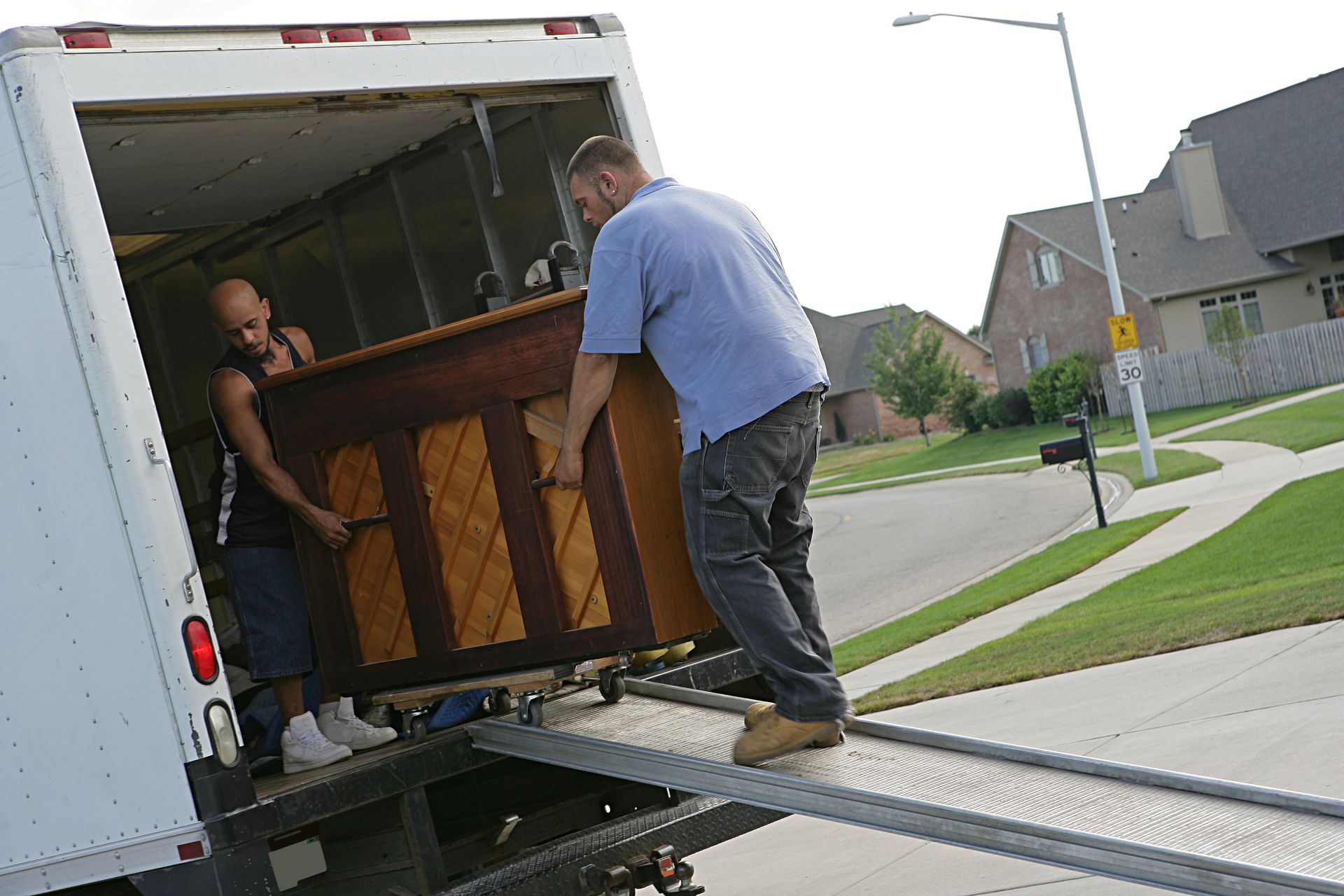
Let the Professionals Handle Your Next Piano Move
Ready to make your piano move effortlessly and damage-free? Contact Johnson’s Piano Moving in Easton, MD, today and experience expert service tailored to your needs. Call to schedule your professional piano moving consultation. Your piano deserves the best care—trust the experts!

